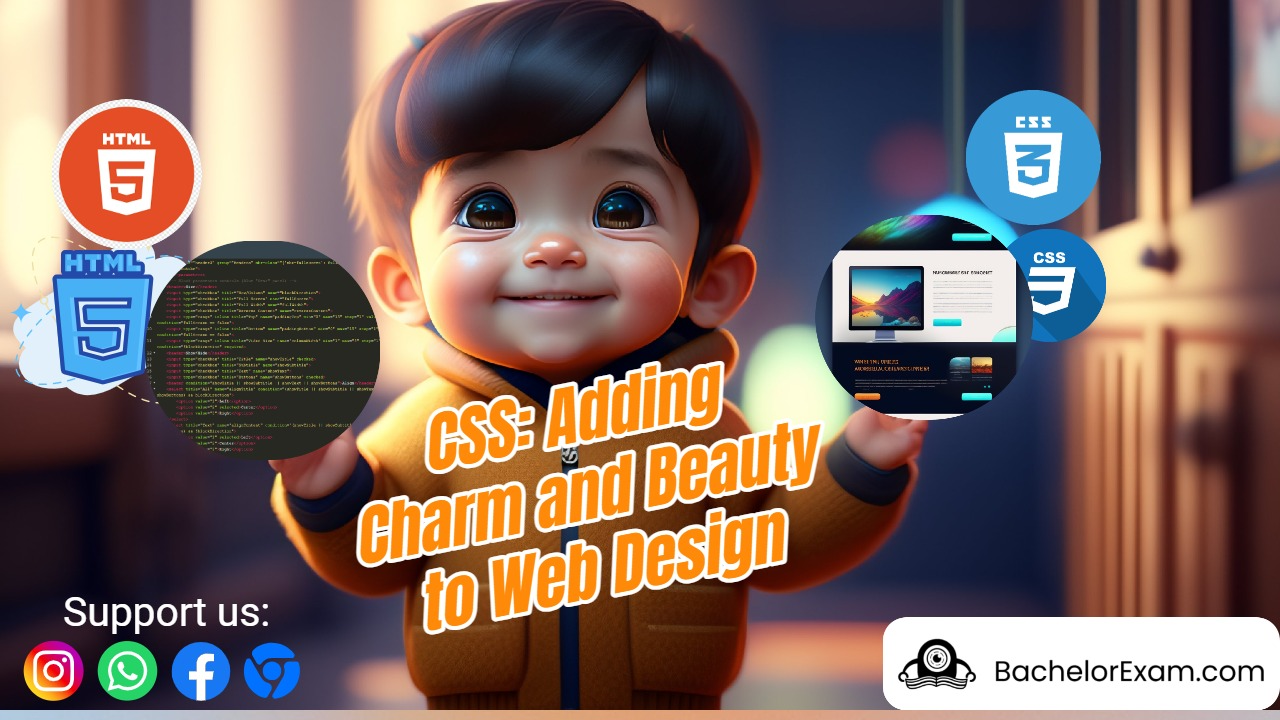CSS (Cascading Style Sheets) is a styling language that is used to describe the presentation of an HTML document. It gives you complete control over the layout, colors, fonts, and other design aspects of your web pages. In this CSS tutorial, we’re going to go over some of the most important CSS attributes used in web development.
CSS Syntax
CSS uses a selector and declaration block structure. The selector selects the HTML element(s) to be styled, and the declaration block contains the attributes and their values.
selector {
property1: value1;
property2: value2;
/* more properties... */
}CSS Selectors
CSS selectors determine which elements in the HTML document the styles will be applied to. Here are some commonly used selectors:
- Element Selector: Targets all instances of a specific HTML element.
p {
color : red;
}- Class Selector: Targets elements with a specific class attribute.
.my-class {
font-weight:bold;
}- ID Selector: Targets an element with a specific ID attribute.
#my-id {
text-decoration: underline;
}- Descendant Selector: Targets elements that are descendants of another element.
div p {
margin-top: 10px;
}
- Pseudo-class Selector: Targets elements based on a specific state or condition.
a:hover {
color: blue;
}
Commonly Used CSS Properties
Let’s explore some of the most important CSS properties that are used frequently in web development:
- Color: Sets the color of text.
- Background-color: Sets the background color of an element.
- Font-family: Specifies the font family for text.
- Font-size: Sets the size of the font.
- Font-weight: Specifies the weight (boldness) of the font.
color: red;
background-color: #f2f2f2;
font-family: Arial, sans-serif;
font-size: 16px;
font-weight: bold;
- Margin: Sets the margin space around an element.
- Padding: Sets the padding space inside an element.
- Width: Sets the width of an element.
- Height: Sets the height of an element.
- Border: Sets the border properties of an element.
- Display: Specifies how an element should be displayed.
- Position: Sets the positioning method of an element.
- Float: Specifies whether an element should float to the left or right.
- Text-align: Sets the horizontal alignment of text.
- Text-decoration: Adds visual decoration to text.
- Box-shadow: Adds a shadow effect to an element.
margin: 10px;
padding: 10px;
height: 150px;
border: 1px solid #000;
display: block;
position: relative;
float: left;
text-align: center;
text-decoration: underline;
box-shadow: 2px 2px 4px #888888;These are just a few of the CSS features you may use to personalize your webpages. There are various other CSS features available that give you great control over how your products appear.
Conclusion
Congratulations! You now understand some of the most important CSS features used in web development. By combining these capabilities with various selectors, you may create attractive and responsive web pages.
Remember that CSS offers a wide range of stylistic possibilities for your web applications. Experiment with and research additional CSS elements and tactics to help you improve your designs.
We’ll show you how to use JavaScript to add interactivity and dynamic behavior to your web pages in the next post.
Stay tuned for more tutorials, and happy coding!
Please feel free to change and expand on this tutorial as you see fit. Have fun learning CSS and creating beautiful web designs!
